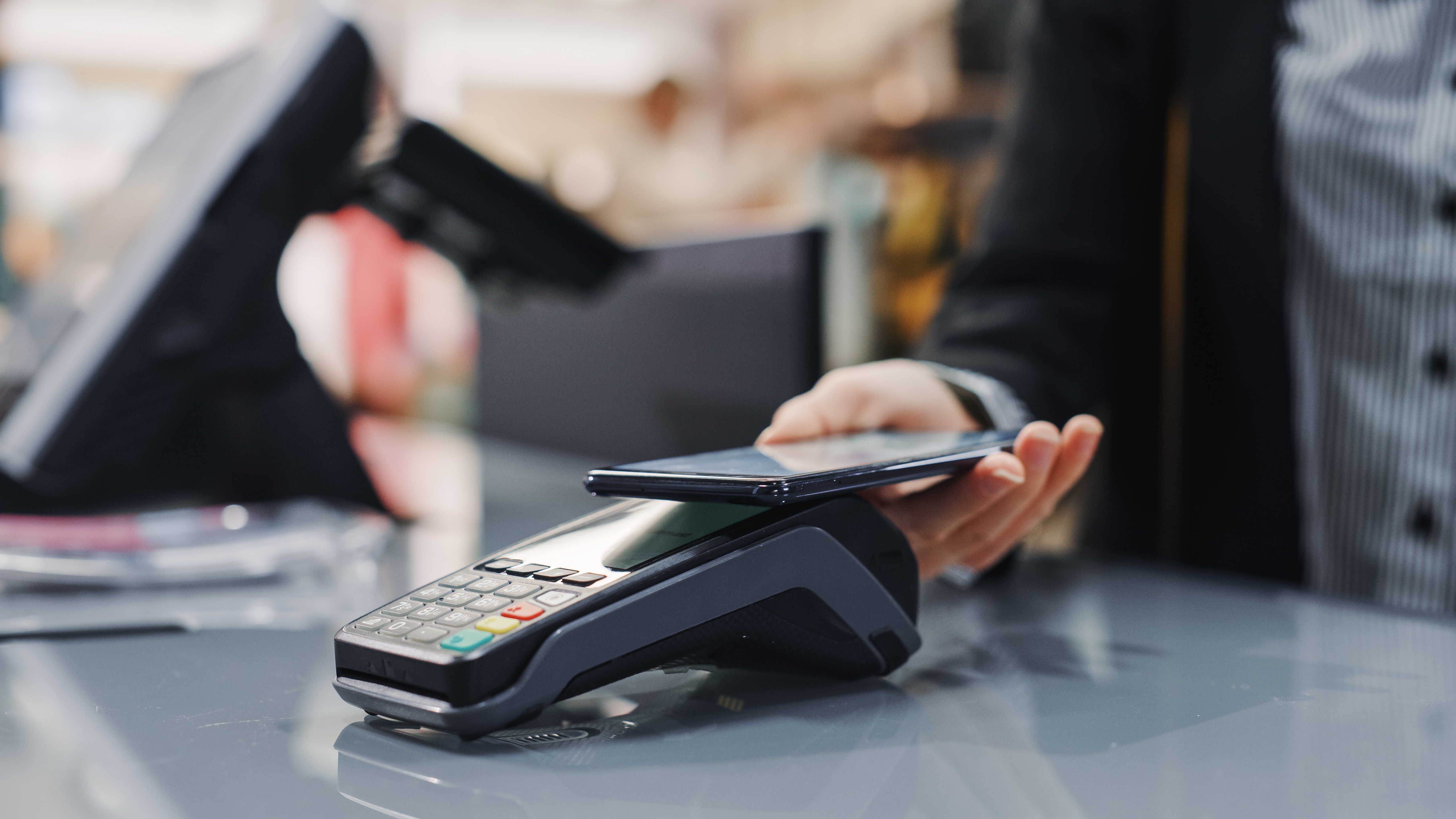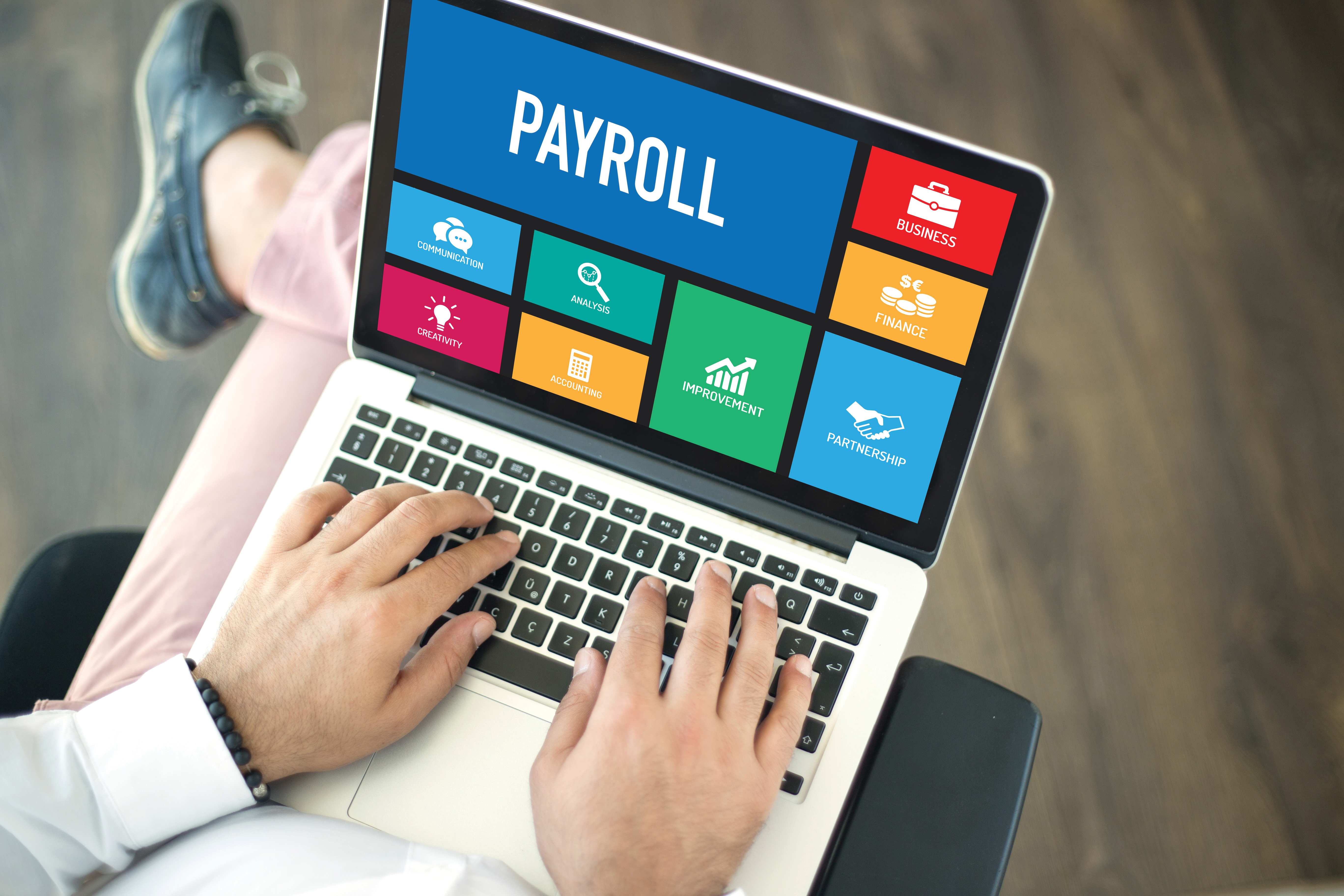Launched in June of 2018 is a little known app that can run either as a standalone application or part of a standard SAP Business One professional licence. The app has been written specifically for service technicians, who are out in the field but require access to customer information, as well as the ability to create sales orders and record completed work. Here are some of the ways that service technicians would interact with the app on a day to day basis.
 Installation of the APP
Installation of the APP
The app is very easy to install and can be done from the either the Apple app store for iphone or Google play for android devices. Both are free downloads.
 Logging in and what you see first
Logging in and what you see first
For security reasons, once your app has been set up and connected to your SAP Business One database (if you don't currently have SAP Business One you can still try out the application using the demo option), you will see "Tickets" and "KPI"s. These sections are very self explanatory in that Tickets are a list of your tasks or calls that need to be completed with timestamps applied and KPI's are your targets for the set period.
 Using the mapping and location functionality
Using the mapping and location functionality
As you can imagine when you are out in the field with a list of service calls to make, the most important thing is the actual location. With the mapping functionailty in the app you can see a representation of the area you are covering as well as pins to show you where your service calls are situated. This can be so useful when you have many service calls to make to minimise travel time and optimise time spent on the road.
 Giving your client a pre call to inform them of your pending arrival
Giving your client a pre call to inform them of your pending arrival
Sometimes as a service technician it is curteous to give your client a heads up call to let them know your ETA. Especially if you are running a little late due to traffic or unforseen delays on a previous call. As you have a list of all the tickets on your mobile device and this is connected to the customer database, it is as easy as picking the ticket and calling them direct without having to look up any numbers.
 Checking in
Checking in
After arriving at your destination the first thing you want to do is check in. What this does is take a time stamp of when you arrived as well as a geo location of actually where your service call took place. Also on checking in, the app will give you all the details of the service call such as contact person, equipment to be serviced, time estimated to complete the job and very importantly what the companies service contract is. In addition to this, the technician has the ability to view any previous visits and the history of work carried out on the known device.
 Scanning the device to be serviced
Scanning the device to be serviced
Once you have located the piece of equipment you are servicing, you can use the scanning functionality of the app to scan the serial number of the device. This can work in 2 ways. Firstly to confirm you are working on the correct item as it can be cross referenced against the serial number information on the ticket. Or secondly it can be used to record a serial number of a device that has not been serviced previously to start to compile a new history of completed work. Also this is the area you can check if service manuals have been attached to these serial numbers for easy access to relevant data.
Photo evidence of completed work
Another important aspect of the app is being able to capture images of any completed work as well as any damage that may have already been present prior to your arrival on-site. This can then be applied to the ticket for a complete record if any disputes arrise in the future.
Creating sales orders on the fly
Probably one of the best features of the service app is the ability to create sales orders on the fly. Many technicians would have some consignment stock in their van. This could be standard printer cartridges or replacement belts etc. If these need to be replaced in the clients machines then a sales order would need to be created. This can be done by the technician right inside the app. This would also depend on the service contract the client was signed up to. Also as all the customer details would be linked back to the master database, any volume discounts that customer is eligible for would be automatically applied.
Entering a resolution
After the sales call has been completed, the technician would then enter a resolution of all the work completed. This is then linked with any sales order, photos, scanned information to give a complete picture of all events.
Checking out and getting sign off
Once the technician has finished the service call they would then check out from the ticket. This would create a finish time stamp as well as a geo location. Once checked out the app will bring up the sign off section. This gives the ability for the client to sign off for all the work completed directly on the mobile device. Once sign off has been completed, a detailed report can be emailed or texted directly to the client.
KPI reporting
This area is specifically for reporting on KPI's set by the technicians Manager. It is usually in the form of a dashboard and contains info such as how many service calls completed in a set time, top used parts, average time spent on calls, sales orders created in a set time etc etc. The KPI section is very customisable and will vary depending on the users requirements.
As you can see from above, the SAP Business One "Service App" is an all-encompassing tool that can benefit the on-site technician as well as recording all completed work on the customers master record. Some short videos can be found here on the functionality of the Service App.









